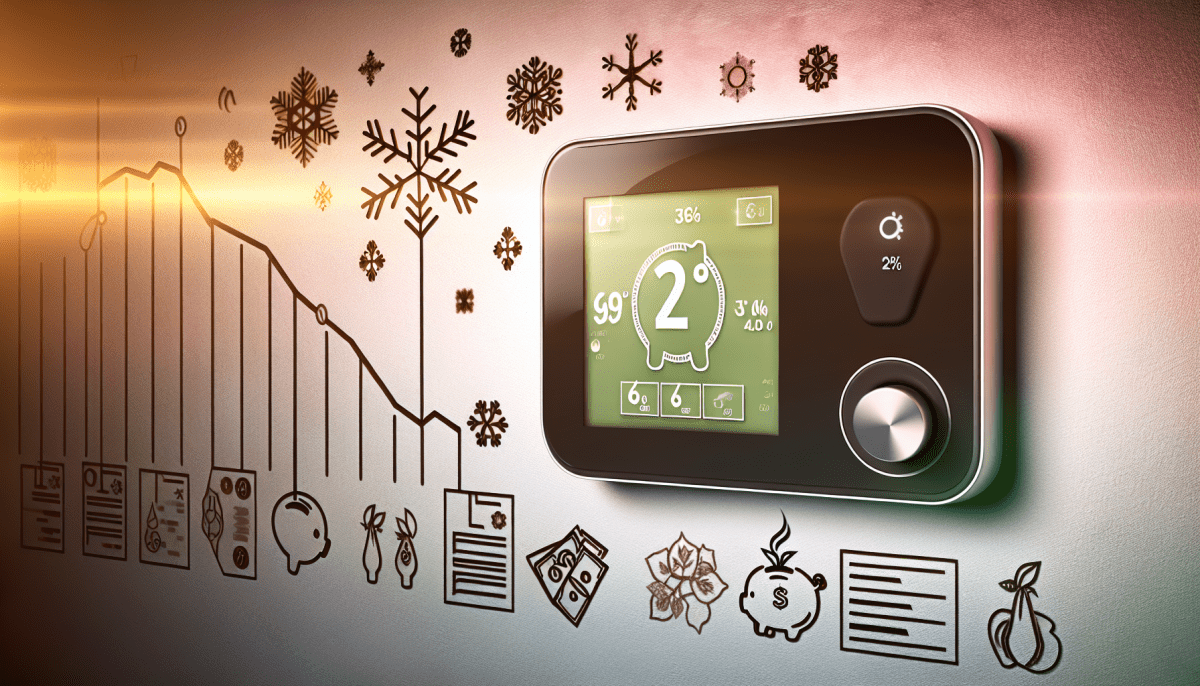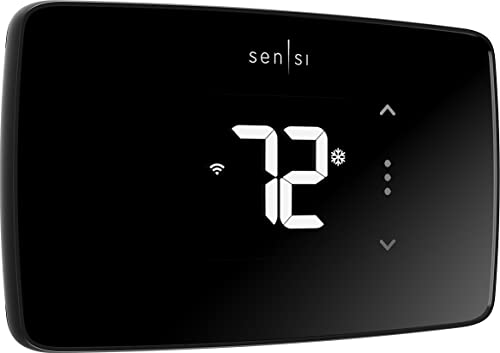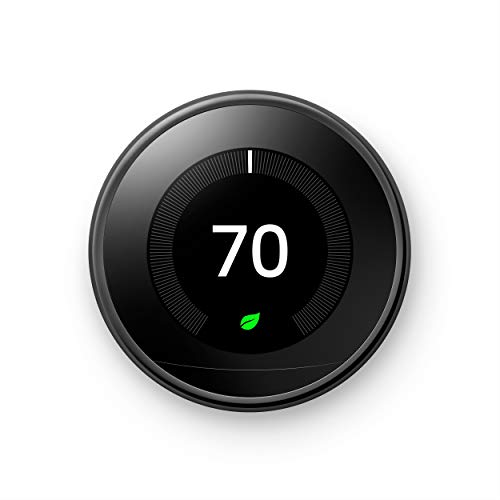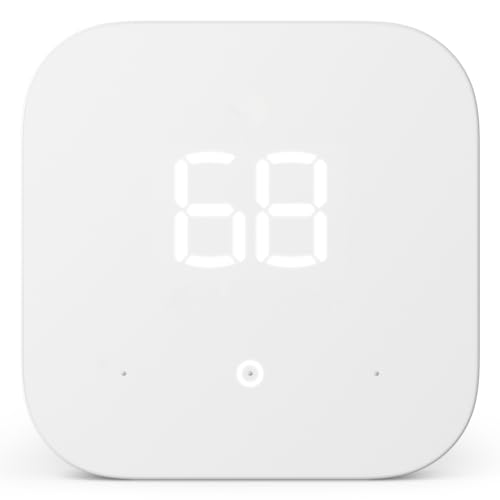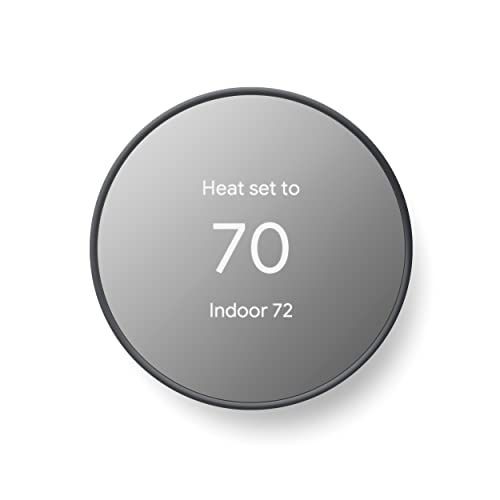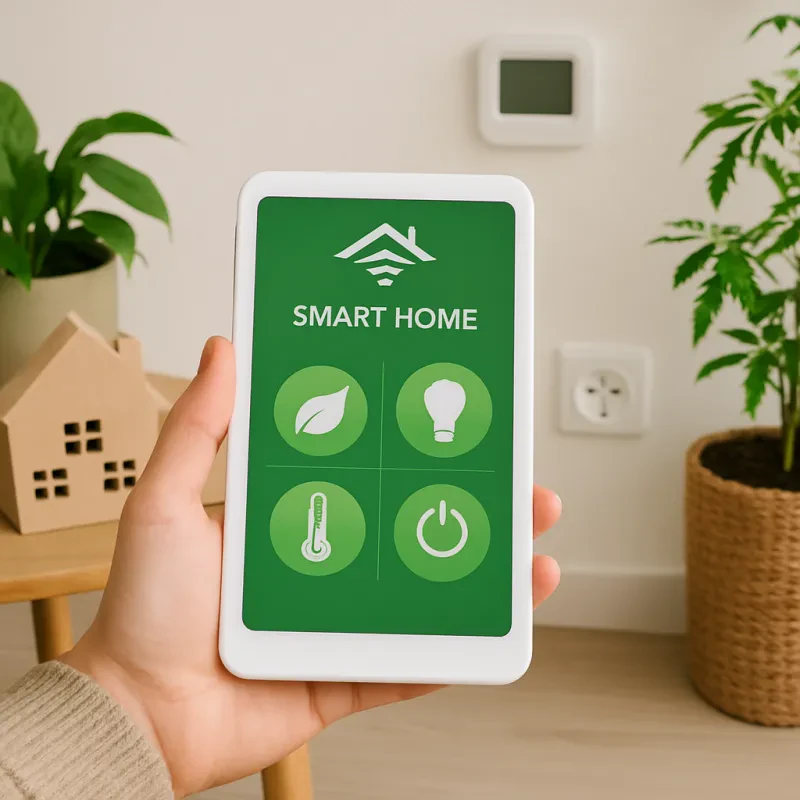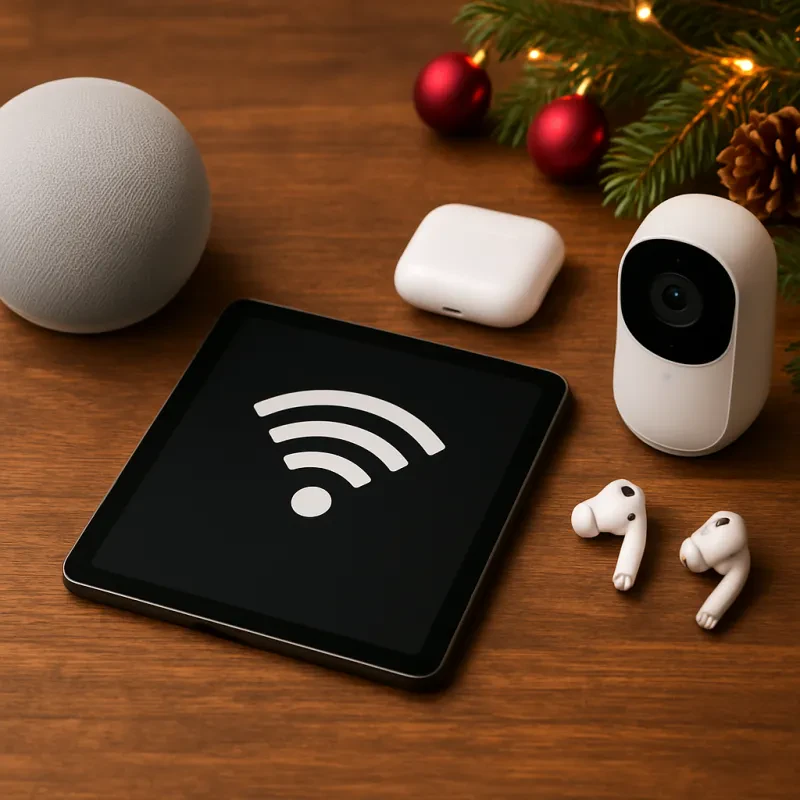Smart thermostats are an innovative technology that can lead to significant savings on your monthly utility bill. These devices optimize your home's heating and cooling systems through a variety of advanced features, such as learning algorithms, geofencing, and remote control via smartphone apps. Here's how they contribute to cost savings:
1. **Learning Algorithms**: Smart thermostats can learn your schedule and temperature preferences over time. They adjust the heating and cooling settings automatically, ensuring your home is comfortable when you're there and energy-efficient when you're not.
2. **Geofencing**: This feature uses your smartphone's location to determine when you're home or away. The thermostat can then adjust the temperature accordingly, reducing energy usage when the house is empty.
3. **Remote Control**: With an app on your smartphone, you can control your smart thermostat from anywhere. This means you can adjust the settings if you're going to be home late or if you forgot to change the temperature before leaving for a trip.
4. **Energy Reports**: Many smart thermostats provide detailed energy usage reports. These insights can help you understand your consumption patterns and make informed decisions to further reduce energy costs.
5. **Integration with Other Smart Devices**: Some smart thermostats can work in tandem with other smart home devices, creating an ecosystem that maximizes energy efficiency.
6. **Weather Tracking**: By monitoring local weather conditions, smart thermostats can adjust your home's internal temperature to be more energy-efficient based on the external environment.
7. **Voice Control**: Integration with voice-controlled assistants allows for hands-free adjustments, making it easier to change settings without manual intervention.
The potential savings from using a smart thermostat can vary depending on several factors, including local climate, home size, personal comfort preferences, and the specific heating/cooling equipment in use. However, studies and user reports indicate that homeowners can save an average of 8% to 15% on their heating and cooling bills by using a smart thermostat. The U.S. Department of Energy suggests that you can save as much as 10% a year on heating and cooling by simply turning your thermostat back 7°-10°F for 8 hours a day from its normal setting.
In conclusion, smart thermostats offer a convenient and efficient way to manage your home's climate and can lead to substantial savings on your utility bills. By leveraging modern technology, they provide a level of control and customization that traditional thermostats simply cannot match.
